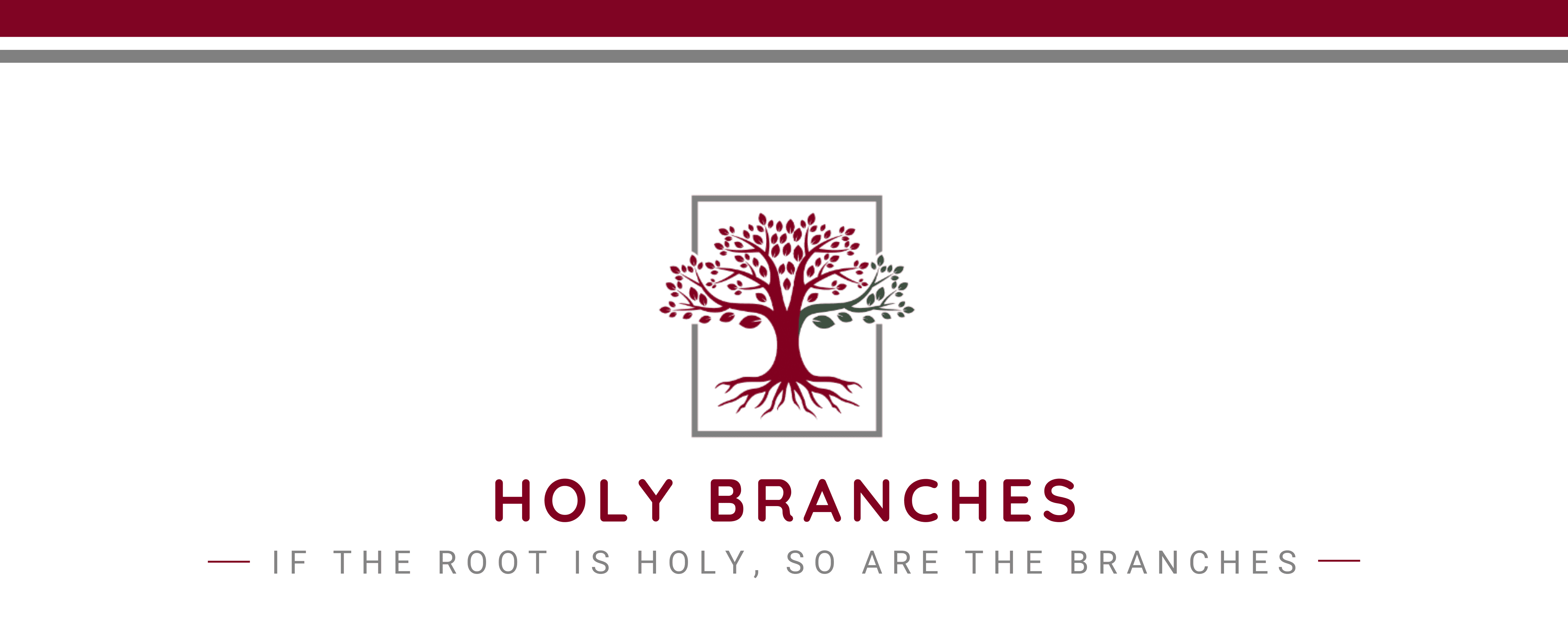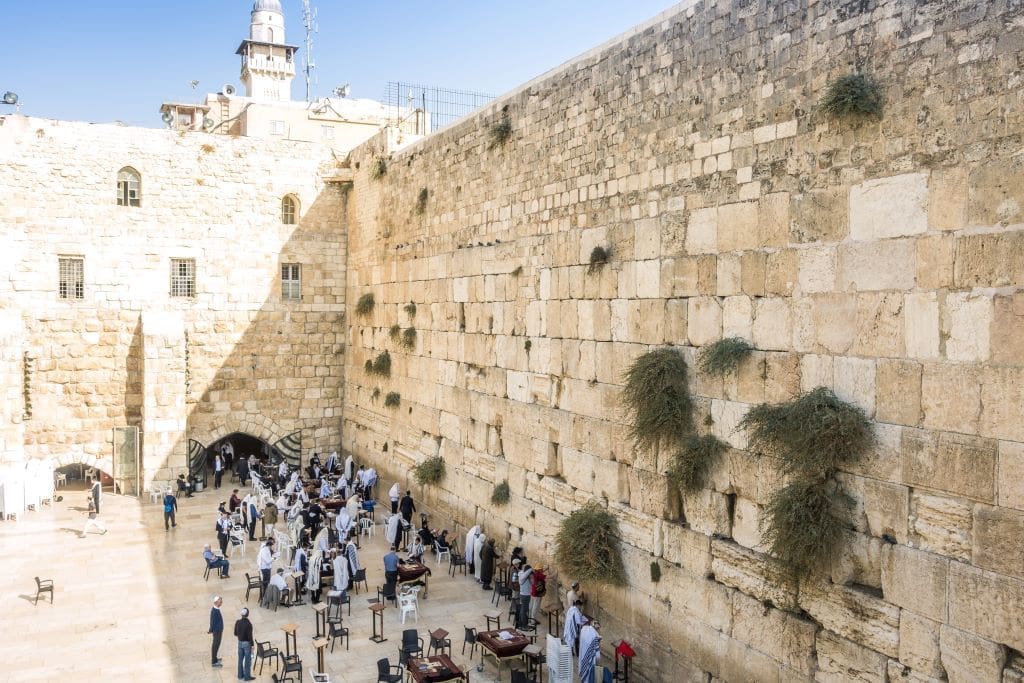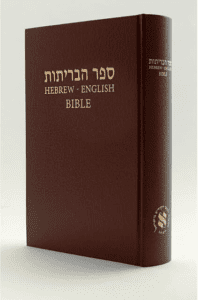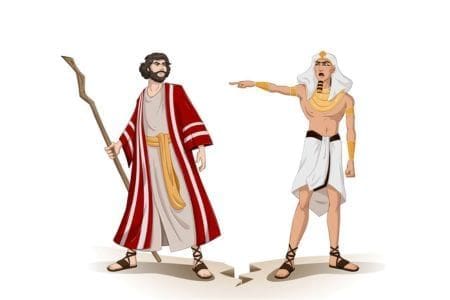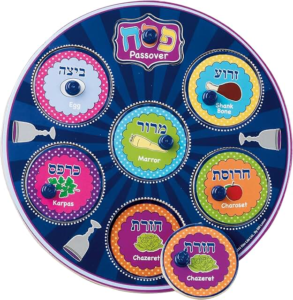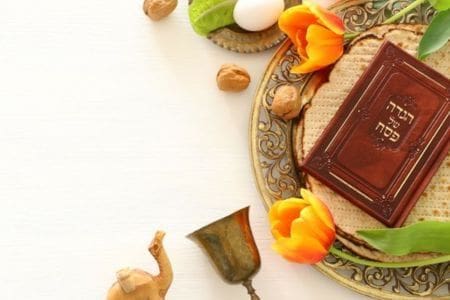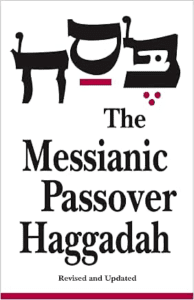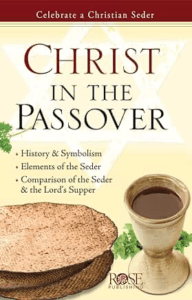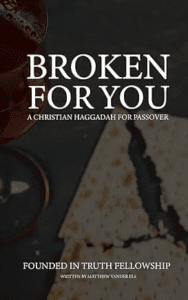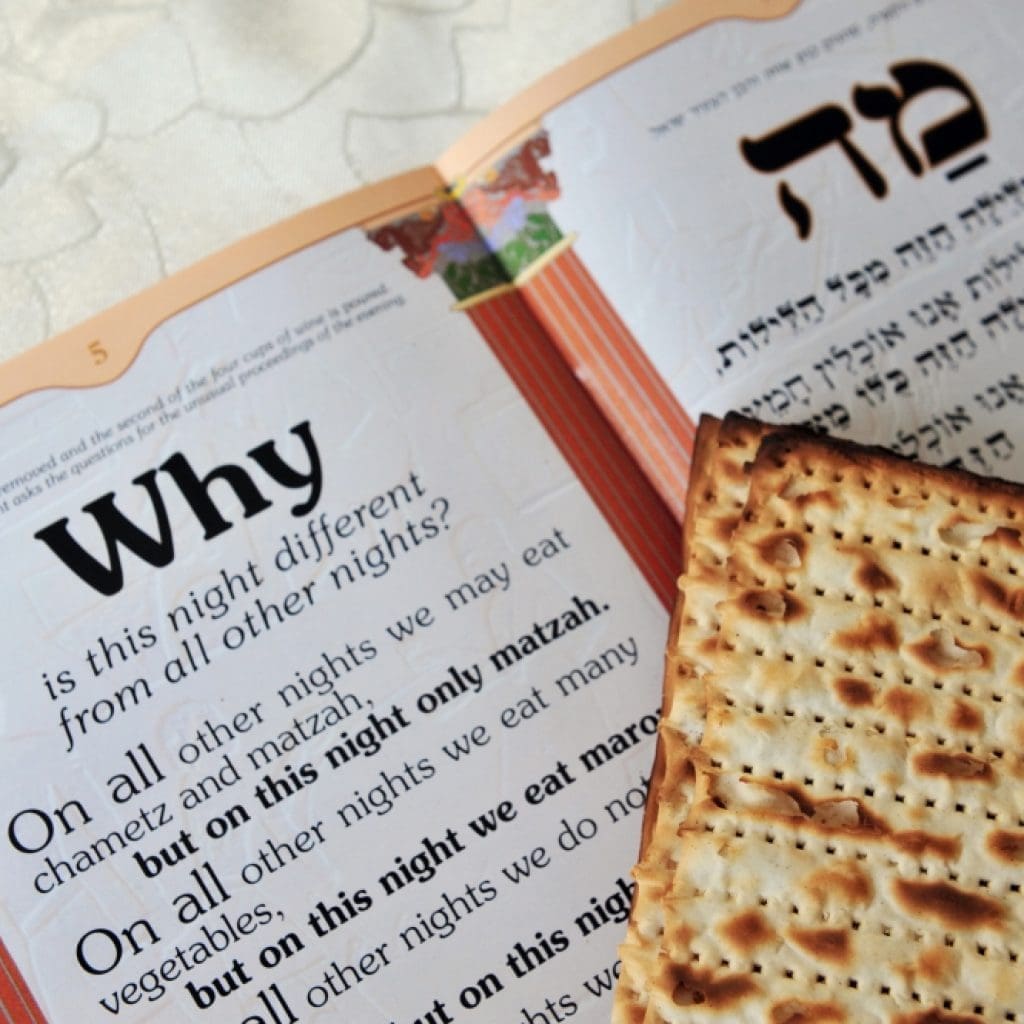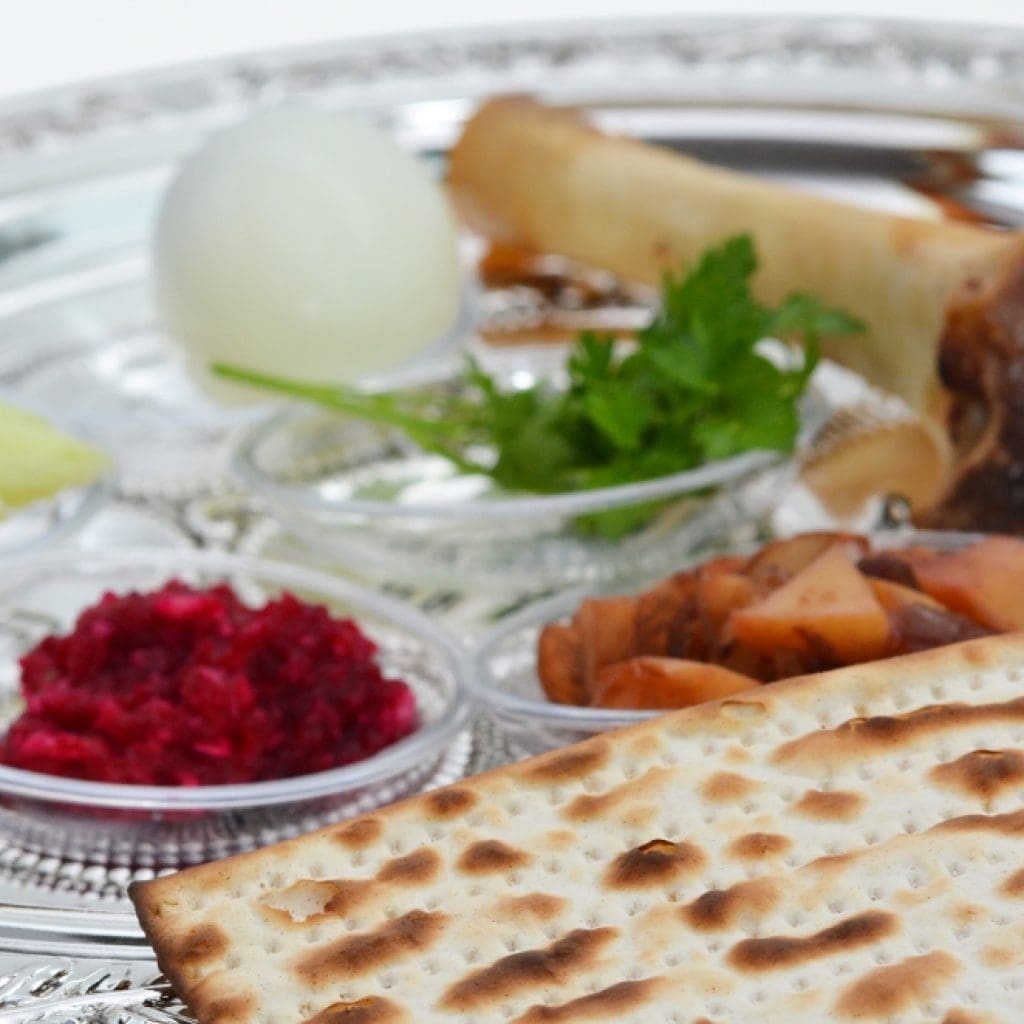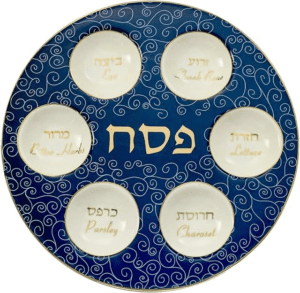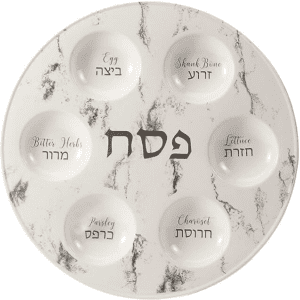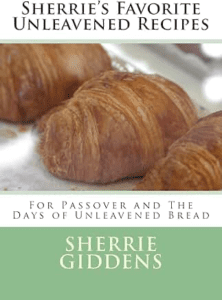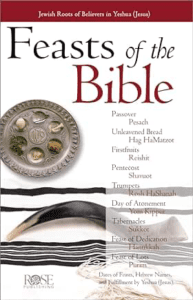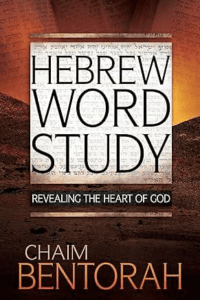Wild Olive Branches: The Blessing of Being Grafted In
As Gentile believers in Jesus as the Messiah (a.k.a. Christians), Paul says in Romans 11 that we’re “wild olive” branches and that we’re “grafted in” to the “olive tree” to become partakers in the original tree – God’s promises to His people. Paul’s analogy is descriptive, showing how Gentile believers have a part in the Kingdom of God.
And I like being called a wild olive branch, don’t you? It sounds like we’re untainted in our wildness yet dignified in that we’re part of something rich and established. While this may be part of what Paul meant, there’s a lot more in this analogy for us as Christians.

Before the Wild Branch
To get some background, look at what’s going on at the beginning of Romans chapter 11. Paul is in the middle of telling his Jewish audience that they missed the messiah. By rejecting Jesus, they missed the message of grace they were offered and were still focusing on being saved by their works while waiting for the messiah. Verses 11-16 describe how the Gentiles have a chance at the Messiah because Jesus’s own people rejected him. Paul still wanted the Jewish people to see their need for Jesus (and some of them did!), but he describes their rejection as the “reconciliation of the world” (Rom. 11:15).
How blessed we are, Brothers and Sisters? It is so sad that God’s people, the Jews, shunned the messiah they had prayed for over so many years, but God brings a blessing in even something as heartbreaking as this. And it’s for us! Because of this, we have access to Israel’s Messiah, now the Savior to the entire world!
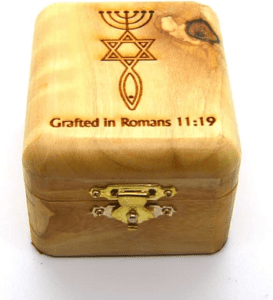
About Grafting
I love gardening more than most, but I haven’t attempted grafting. It isn’t easy. It’s an expert-level sort of thing. A tree farmer must do a graft correctly and carefully and take great care of the scion – the area where the two trees are attached. Even after a LOT of work and attention to detail, the graft may not take! Even when it does take, the new offshoot may not be productive. A well-grafted branch not only grows but also produces well.
Grafting only works when the new branch is of the same family as the original tree. For example, you can’t graft a cherry branch onto an orange tree. A successful graft requires a sort of “communication” between the old and new trees, which can only occur between trees of the same type.
A Farmer’s reasons for grafting may vary, but the overall goal is to get the best of both varieties. Combining the trees into one shouldn’t obscure the character of one and highlight the other but reserve the essence of both. Generally, one of the two trees has quality rootstock, and the other produces desirable fruit. Grafting gives the gardener the best of both worlds – a tree with solid roots and good fruit. The nature of each tree is reserved while allowing the best qualities of both to shine through.
Two Types of Olive Trees
In the Middle East at the time of Paul and today, two main olive tree types are commonly grafted – the wild and the cultivated varieties. The cultivated trees grow olives used for food and to produce olive oil. Wild olive fruit isn’t as flavorful and is not usually eaten. Grafting won’t make a wild branch produce olives of cultivated quality or change the solid root structure of the original tree. It would, however, allow the wild branch to benefit from the established roots and healthy base of the cultivated tree and help it to produce healthy fruit of its unique variety.

Understanding Paul’s Symbolism
To clarify Paul’s analogy, Gentiles that recognize Jesus as the messiah and thus their need for him are the wild olive branches. The cultivated olive tree and its roots represent the promises of God given to Abraham, Isaac, and Jacob in the Old Testament. He is saying that, although God made these promises to the Jewish people, we have a part in them, as Gentiles, due to our belief that Jesus is who he says he is. Our faith strengthens us and allows us to be “sons of Abraham” (Gal. 3:7).
So, now that we’re grafted in, what are we? While the grafting process entitles us to be heirs to God’s promises to the Jews, it does not make us into Jews. After the graft, we maintain our original character – Jews stay Jews, and Gentiles stay Gentiles. The change is that we’re then one in our Messiah, Jesus.
The Branches Broken Off
When grafting, cutting some branches off the original tree is usually necessary to allow space or a better nutrient load for the new branch. Paul says in his grafting analogy that Jesus came to save his people, the Jewish people, but most of them rejected him as the messiah. He says that these branches were “not spared” and that they were “hardened.” Sadly, the Jewish people who did not recognize Jesus as their messiah were broken from the tree of God’s promises.
But Paul doesn’t stop there. He states that God will never abandon His people Israel. Also found in 1 Samuel 12:22 and other places, God is clear about His undying love for the Jewish people. Paul continues, saying that God will readily re-graft them when they turn from unbelief.
He also says that it was the disobedience of the Jews in rejection of Jesus that made a place for Gentile believers in the Kingdom of God. Because they fell away and were broken from the tree, we can now be grafted into that tree where we wouldn’t otherwise have had a part. This redemption is just part of God’s character. He makes a perfect plan, and people mess it up, then he brings blessing out of the terrible situation that is beyond what we could have imagined. It’s part of who He is!
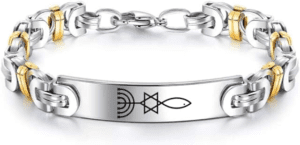
The Job of Grafted Branches
What should our lives look like today as successfully grafted wild olive branches? How do we reflect our roots while maintaining our Gentile character? Paul answers this as well.
- Stay humble. Paul first warns us of arrogance. Because branches were broken off, allowing us to be grafted in does not give us the right to think of ourselves as superior to the Jewish people. In verse 18, he said that we should remember that it is the root that supports us and not the Gentiles that support the root. As branches that benefit from the root, Christians should stand firmly against anti-Semitism and work diligently to bridge the deep chasm between Christians and Jews that has been built throughout history.
- Pray for the Jewish people. Praying for their salvation should be our prayer for the Jewish people today. If seeing them turn to Christ and be re-grafted in is a desire of God’s heart, it should also be ours!
- Learn more about the tree. Being grafted in brings the opportunity for salvation to us as Gentiles. Some Christians say that the Old Testament is no longer relevant to our faith, but this couldn’t be further from the truth! Genesis 12:1-3 contains God’s promise to Abraham to give him land and numerous descendants and to bless all the people of the earth through him. But the whole bible contains our story as God’s people, from Genesis to Revelation. God’s character is revealed throughout His word, and we should make it our life’s work to get to know Him and the promises (both fulfilled and yet to be) upon which our faith is built.
- Have a faith worthy of jealousy. Not in a middle school mean girl way, but one where our faith is so pure and solid that outsiders, including Jews, want what we have. Paul suggests that this jealousy was one of the reasons salvation was extended to the Gentiles. Is your faith capable of making someone jealous for it? Do outsiders see your relationship with the God of the Bible and hope in our Savior and want that in their own lives?
- Produce good fruit. Like a grafted branch, we are to be productive offshoots. In John 15:8, Jesus says, “My Father is glorified by this, that you bear much fruit, and so prove to be My disciples.” We glorify God by bearing good fruit, including the fruit of the Spirit from Galatians 5:22-23.
The analogy of being grafted in as wild olive branches demonstrates how we, as Gentiles, have access to God’s promises to the Hebrew people. Without this grafting and some branches being broken from the original tree, we wouldn’t have a part in these promises and wouldn’t have our Messiah, Jesus. As successfully grafted and productive branches, we should produce fruit that glorifies God and humbly honor our roots and the spiritual nutrition they provide.
